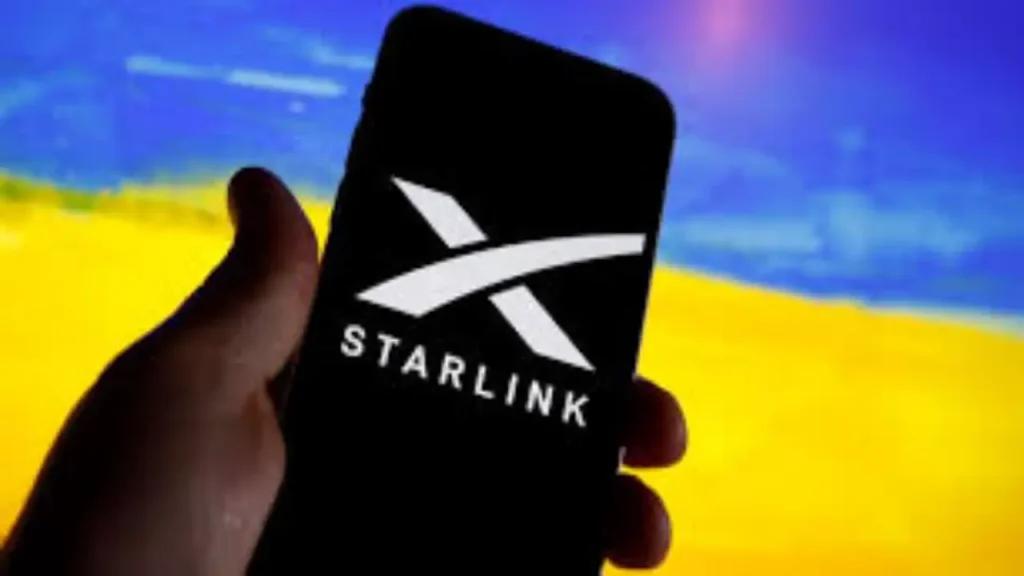- Kyivstar and Starlink will introduce satellite-driven messaging by end of 2025, followed by voice and broadband by mid-2026—making Ukraine the first in Europe.
- The technology will support communications in underserved and conflict-affected regions, but its broader impact hinges on deployment scale and regulatory support.
What happened: Ukraine to launch Starlink mobile messaging and broadband by mid-2026
Ukraine’s largest mobile operator, Kyivstar, has struck a deal with SpaceX’s Starlink to launch satellite-to-cell (direct-to-cell) services, making Ukraine the first European country to adopt this technology. The partnership will enable messaging—via apps like WhatsApp and Signal—by the end of 2025, with voice and broadband data services expected in Q2 2026.
Kyivstar began field tests in late 2024 under the agreement, aimed at extending connectivity into “white spots”: rural, mountainous, and conflict-affected areas where traditional mobile coverage is unreliable. This move comes as Ukraine focuses on rebuilding its telecom infrastructure ahead of an international recovery conference in Italy.
Also read: Iran bans Starlink satellite internet amid censorship concerns
Also read: US expands Starlink funding via Internet for All programme
Why it’s important
This rollout marks a major leap for satellite-based mobile services and positions Ukraine as a pioneer in Europe’s tech landscape. Direct-to-cell technology bypasses damaged or absent cell towers, supporting basic communications and potentially saving lives during power outages or infrastructure attacks. Kyivstar’s success could accelerate adoption across other nations and signal a turning point in global connectivity strategies.
However, success depends on scaling the service from messaging to full voice and data and ensuring satellite coverage is robust amid Ukraine’s challenging environment. Without sound regulatory backing and ongoing investment, the benefits of this groundbreaking model may remain limited.

